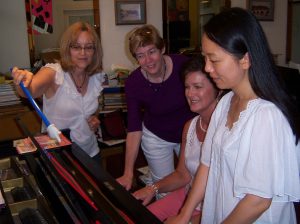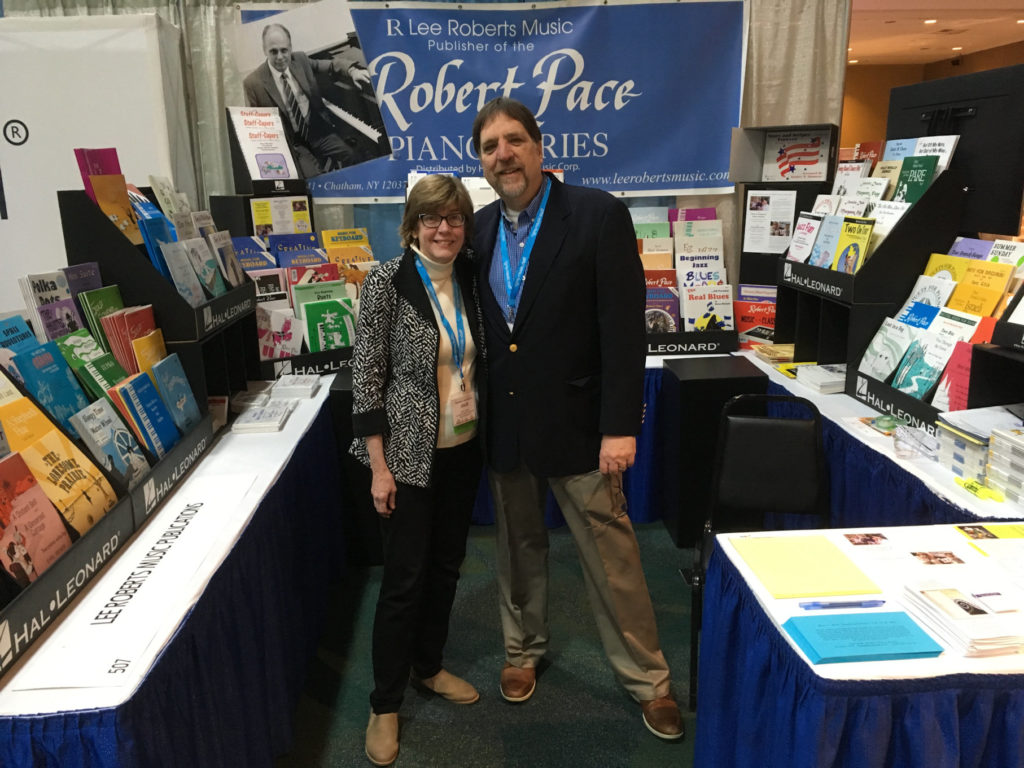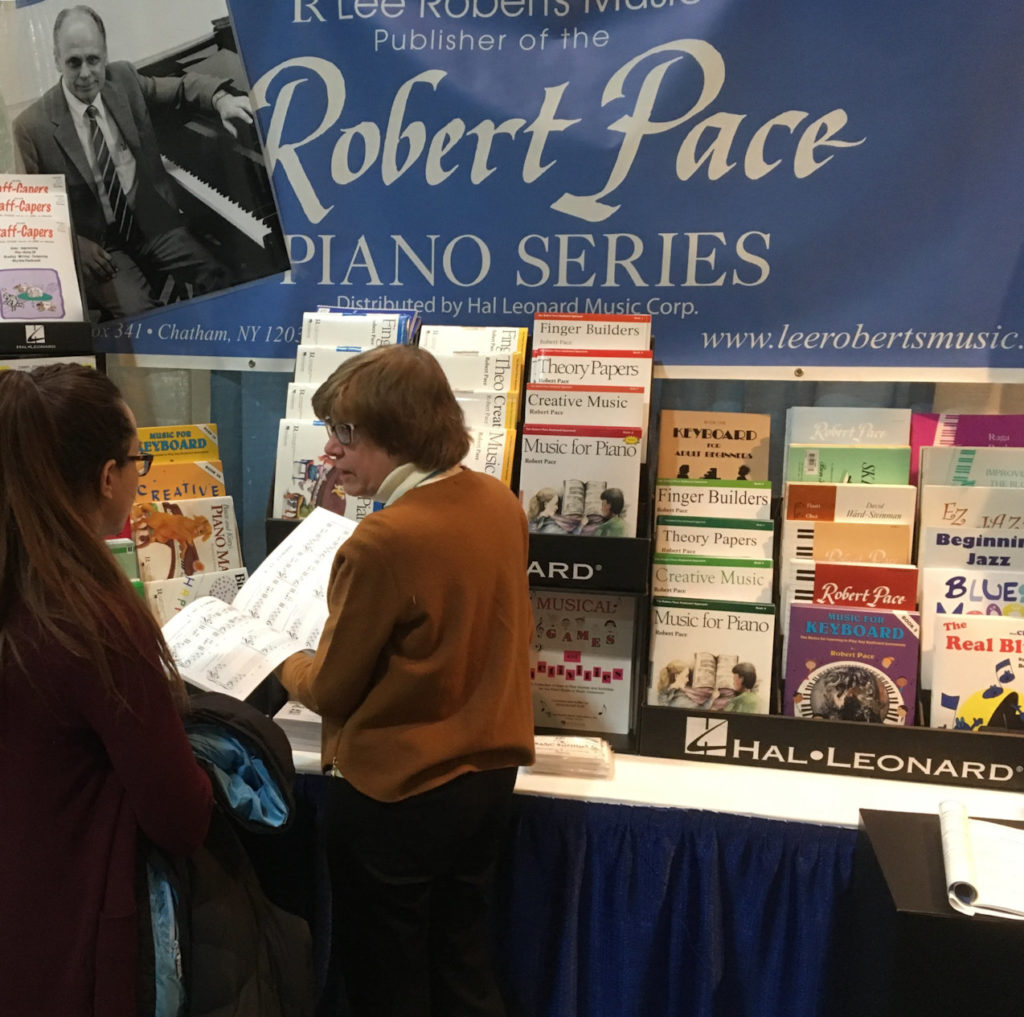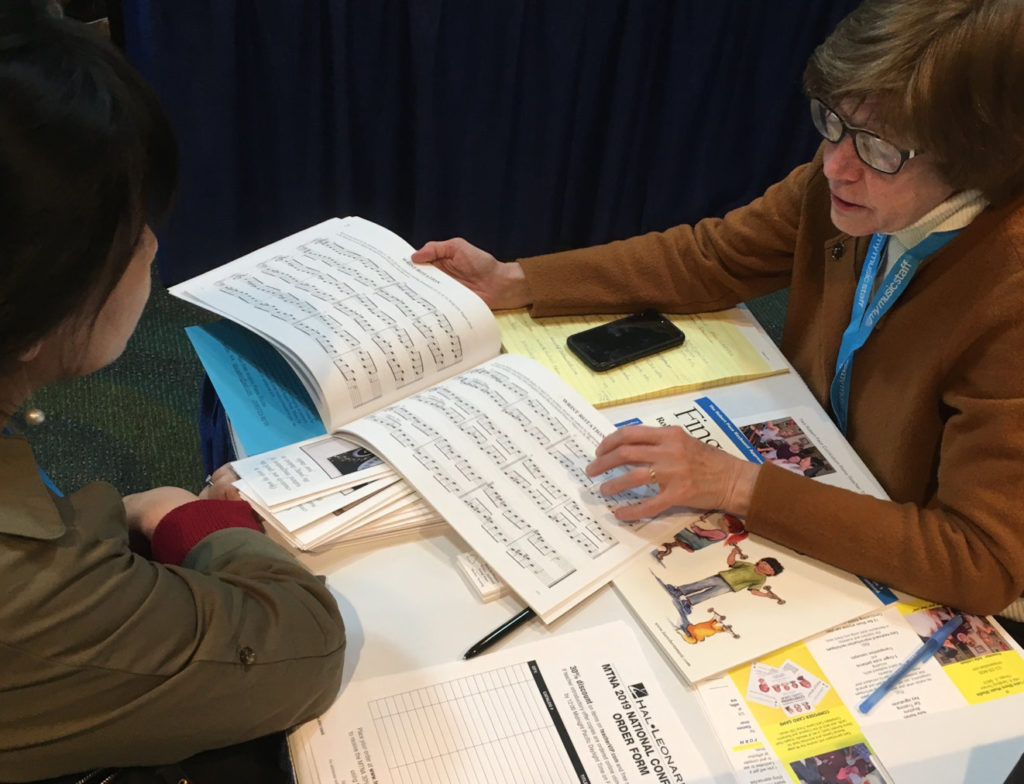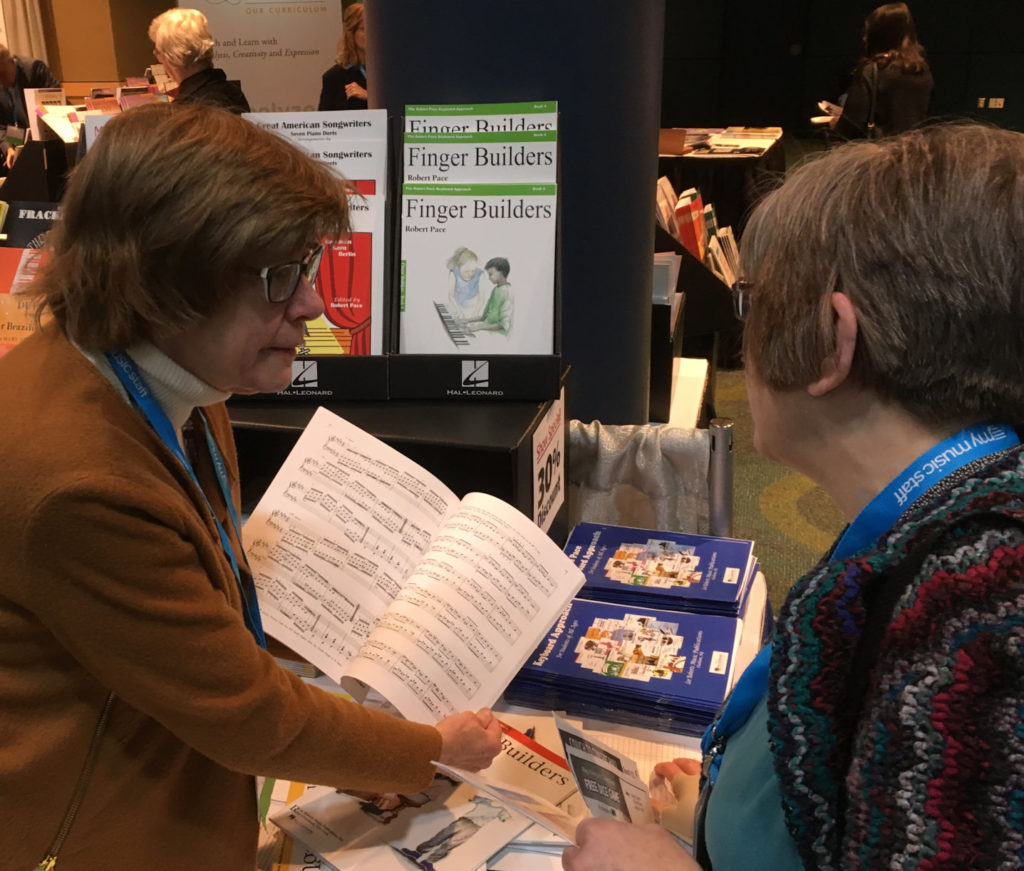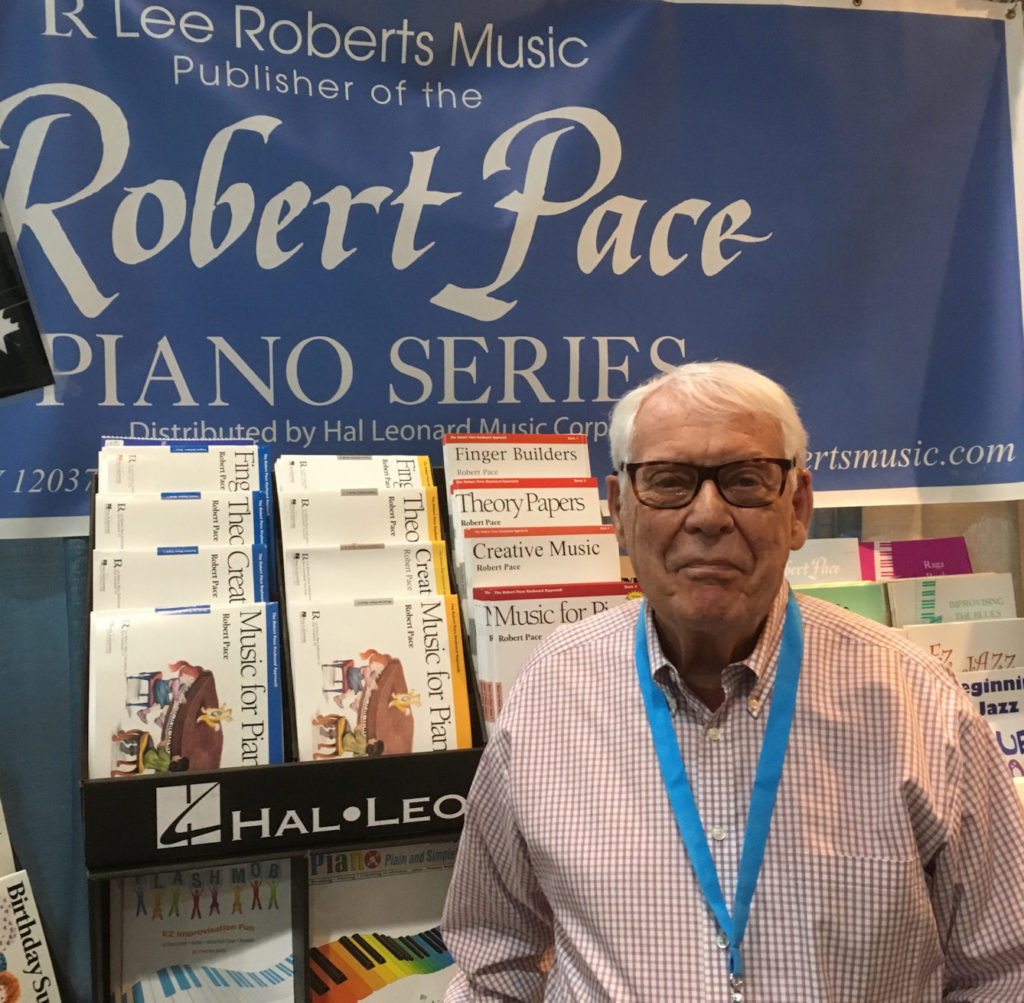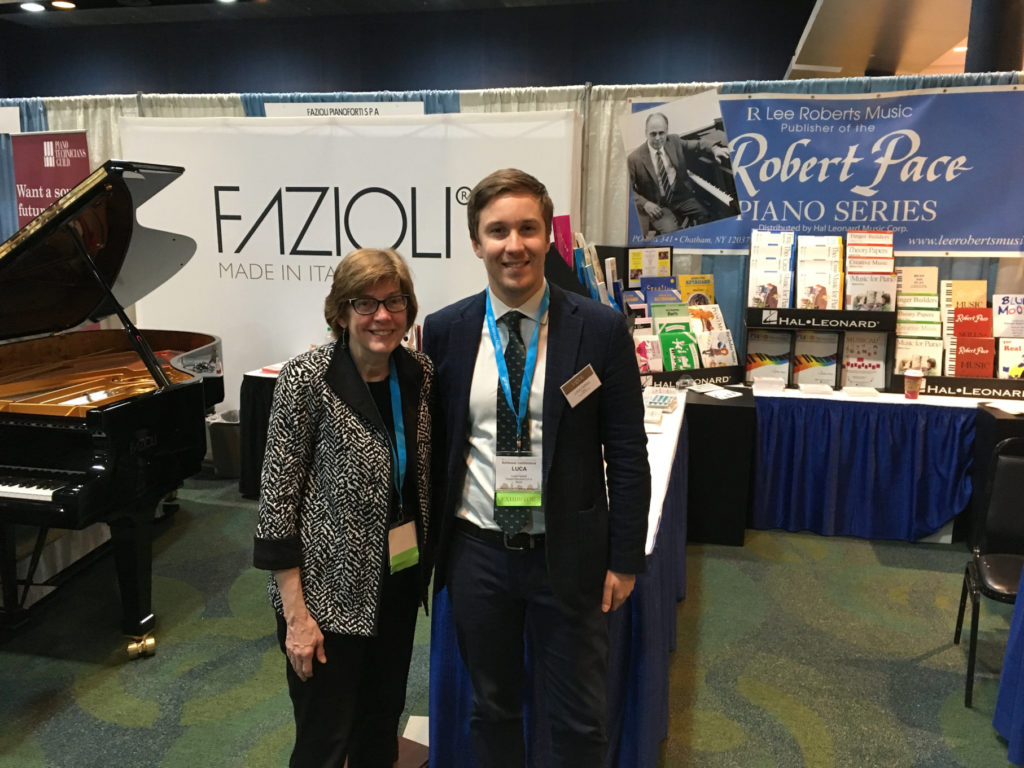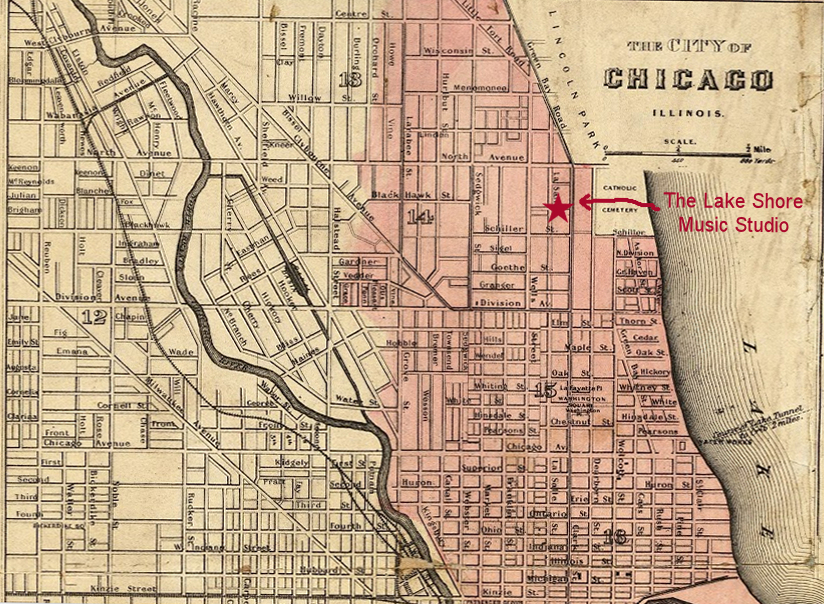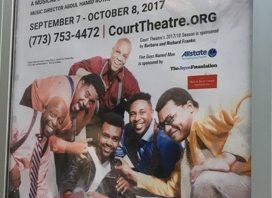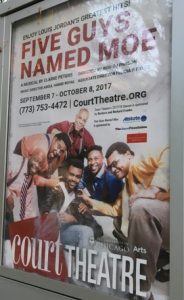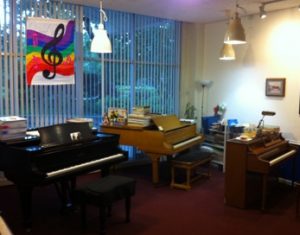Session 1 – Music for Moppets & Kinder-Keyboard
Tues-Thurs. July 16-18, 2019 9:30 a.m. -3:30 p.m.
Session 2 – Group Piano Level 2
Sat. – Mon. July 20-22, 2019 9:30 a.m. -3:30 p.m.
Presenter: Julie Lovison
The Lake Shore Music Studio 1460 N. Sandburg Terrace Chicago, IL 60610
For information call: 312-335-8426 or email: LSMSPiano@aol.com
Tuition: $295 (per session)
DETAILS:
Music for Moppets
This course creates a relaxed, comfortable environment for children 4 and 5 years old to discover music concepts using the piano, singing, rhythm instruments, play acting, movement, and art, all natural elements of a child’s learning world.
Interacting with classmates and a nurturing teacher make it especially fun.
Short songs and activities help students discover high, low, loud and soft, fast and slow, orientation to the twin and triplet black keys and the ABCs of the keyboard, beginning finger orientation and development.
Exploring the patterns of songs students learn that melodies may go up down or repeat, by steps, skips or leaps, to create repeating patterns.
Rhythm patterns may have short and long sounds that combine into patterns; songs can be harmonized with a steady beat; songs can be improvised upon in questions and answers in major, minor, whole tone and pentatonic scales, in 4/4 as well as 6/8 time and the piano can be used to create songs to illustrate stories.
Ear training, sight reading, playing, improvisation and theory combine to create young students who think musically and are eager for further piano study.
Includes ideas for parental reinforcement at home.
Kinder-Keyboard
Introduces the 5 -1/2, 6 and 7 year old to music through the piano.
Orientation to the twin and triplet black key groupings and the ABC’s, reading and recognizing melodic patterns (repetition, sequence and inversion) , reading intervals of 2nds, 3rds, 4ths and 5ths, recognizing rhythm patterns, 3/4, 4/4 and 6/8 time, upbeats and dotted quarters, question and answer, major and minor, pentatonic, dorian, phrygian, tone clusters, key signatures, grand staff, 5-finger patterns, transposition, improvisation, ensemble, and sight reading.
How to use games, movement, manipulative materials and rhythm instruments appropriate to the likes and needs of this age group and how to promote peer teaching and cooperative music making.
Upon completion of the Kinder-Keyboard Program, students have a solid basis to feed easily into the Level I Pace books, or to continue into any method with a broader understanding and a readiness for rapid progress.
This special 3-day session provides a unique opportunity to survey both Moppets and Kinder-Keyboard levels in one course.
Level II
Includes application of the IV chord (expanding on the thorough use of the I and V chords in all keys presented in Level I), fingering concepts expanded beyond the pentachord range, neighboring and passing tones, waltz, broken chord, alberti, march-style basses, linear harmony with parallel 6ths and 10ths, short short long phrase construction, parallel and contrasting question and answer phrases, bitonal, bichordal, dorian, phrygian, 12-tone, roving triads, blues, canons, pentatonic, major, minor, diminished chords, intervals (2nds through octaves), major and minor scale fingering, Hanon exercises, portato touch, pedaling, and how to achieve musical playing in all styles.
Teachers who have taken Level I training will be familiar with the conceptual learning process and will discover how the concepts learned in Level I are expanded upon in an increasingly upward spiral development of understanding. However teachers may take this course without prior Level I familiarity, and will see how it adds a fuller dimension and robustness to the understanding of any late elementary, early intermediate repertoire in terms of the complete integration of theory analysis, transposition, keyboard harmony, sight reading, improvisation, ensemble, and technique and interpretation skills.
Materials needed (additional cost):
Music for Moppets Children’s Book, Music for Moppets Teachers Manual
Kinder-Keyboard Children’s Book
Kinder-Keyboard Teachers Manual
Robert Pace Music for Piano 2, Creative Music 2, Theory Papers 2 and Finger Builders 2
Teachers completing the course receive a certificate of completion from the International Piano Teaching Foundation (IPTF) and listing on LeeRobertsMusic .com
BONUS: Using The Lake Shore Music Studio as an example we will address good business guidelines for independent piano teachers, including how to market and expand your student clientele, establish studio policies, and the importance of maintaining personal professional growth.
| DOWNLOAD PDF INFORMATION FLYER |

